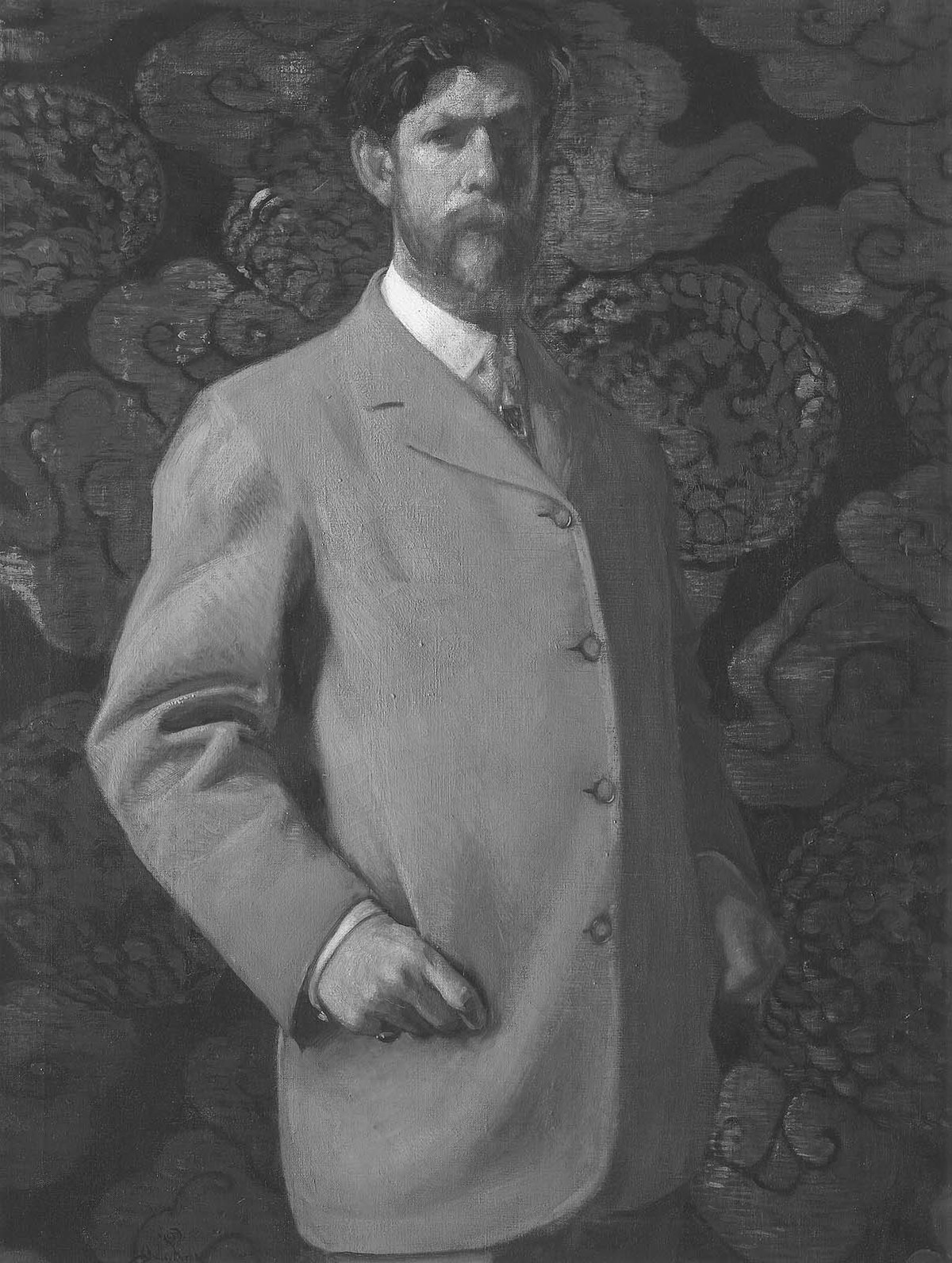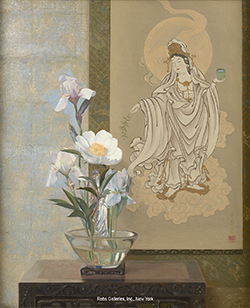BIOGRAPHY - Hermann Dudley Murphy (1867 - 1945)

Hermann Dudley Murphy was an American painter from Massachusetts. At 19, he attended the Boston Museum school, where he studied under American and European instructors. The most influential of these teachers was Edmund Tarbell. Tarbell, his colleagues, and students like Joseph DeCamp, William McGregor Paxton, Frank Weston Benson, and Gretchen Woodman Rogers formed the basis of the American Impressionist Boston School. After working as an illustrator for a time, Murphy followed in the footsteps of some of his teachers and traveled to Paris to study at the Académie Julian. He lived and studied in Paris for five years, occasionally exhibiting at the Salon. He also was greatly influenced by and became friends with the American painter James McNeill Whistler, who had lived and worked in Europe since before Murphy's birth. Whistler’s aestheticism served as a great influence on Murphy. However, more importantly, Whistler taught him how to make his own frames for his paintings.
Murphy and his wife Caroline returned to the United States, moving to Winchester, Massachusetts, less than 10 miles northwest of Boston. There, he mainly painted landscapes and still-lifes but was disappointed by the frames available, as many in the United States at the time were mass-produced and of poor quality. Murphy began making his own frames until, in 1903, he founded a framing business in Winchester with Charles Prendergast. They called the business the Carrig-Rohane Frame Shop, named after the town in Ireland where Murphy’s father was born. After a few years, the shop was successful enough that the pair relocated it to Boston. Carrig-Rohane is often credited with helping revive the art form of frame-making in the United States. International Studio magazine called the Carrig-Rohane Frame Shop “the first serious attempt in this country to restore the picture frame to something of its old-time honor and to introduce the spirit of individual artistic responsibility.” Murphy also became one of the first frame-makers in the United States to sign and date the back of each frame. In 1915, Murphy brought in Robert Vose to operate the business so he could devote more time to painting. He took several trips abroad, particularly to the Caribbean, which seemed to have resulted in a brighter color palette in his work. The Carrig-Rohane Frame Shop would stay in business until 1939, when the Great Depression and the new abstract styles caused demand for gilded hand-carved frames to dry up.
Despite his affiliation with the Boston school and his exhibitions at the Armory Show, by the 1920s, Murphy had abandoned modernism, focusing mainly on floral still-lifes. He often composed these paintings by placing flowers in Chinese porcelain vases while using oriental rugs and prints as backgrounds. In his last years, Murphy became a member of the National Academy of Design, the Boston Art Club, the Copley Society, the Guild of Boston Artists, the National Arts Club, the Boston Society of Watercolor Painters, the Massachusetts State Art Commission, the Painters & Sculptors Gallery Association, and the Woodstock Art Association. Between 1931 and 1937, he taught art at Harvard University. Murphy died in 1945.

